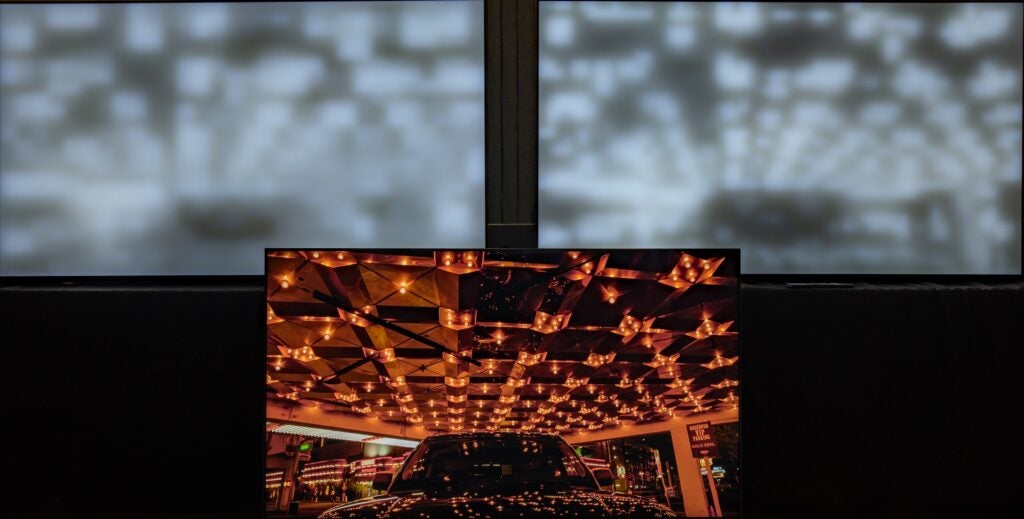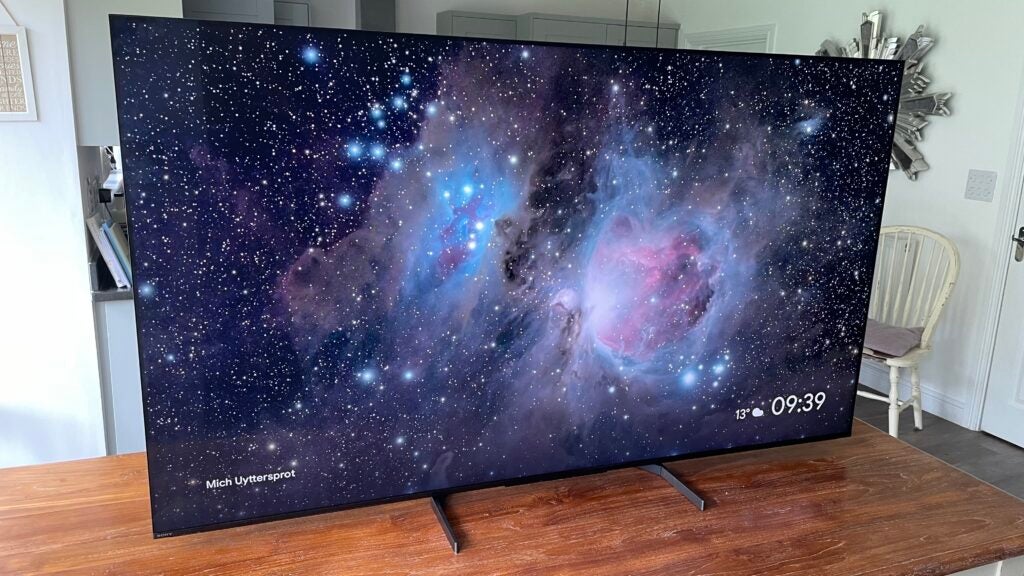In April 2024, Sony took the covers of its latest range of TVs, and one of the bigger talking points of the announcement was its XR Backlight Master Drive.
The XR Backlight Master Drive is not a new technology, but in combination with Sony pushing its Mini LED TV range and OLED not quite getting the same level of attention as some had anticipated, it has people believing that Sony is taking a different tact with its TVs going forward.
And it hopes that its XR Backlight Master Drive will help it achieve its goal of a brighter, more colourful TV future. Here’s what you need to know about the panel technology.
What is the XR Backlight Master Drive?
In our opinion, the best way to describe what the XR Backlight Master Drive is, is that it’s a combination of various technologies and processing working together to drive picture quality.
So think of the XR Backlight Master Drive as incorporating the panel itself, the clusters of LED drivers within that panel, and the processor that tells those LEDs what to do. They all work in concert to produce a bright and colourful image that reduces the impact of blooming and halos in an image to produce deep blacks, bright highlights and contrast that bounds off the screen.


The original concept of this technology arrived back in 2016, so this is a technology that Sony has been working on for years and refining it with each generation of its TVs. The BRAVIA 9 marks the most recent implementation of its XR Backlight Master Drive technology.
How does the XR Backlight Master Drive work?
Most (though not all) LCD LED TVs have some sort of local dimming. Local dimming adjusts the backlight and LCD to convey the bright and dark areas of the picture you see on the screen.
Some would say that having lots of LEDs in the backlight exercises more control over the bright and dark areas in an image, but we’d say more dimming zones does not make for a better TV, it’s knowing how to control those dimming zones that makes a difference. And it would seem that Sony agrees with this viewpoint.


What the XR Backight Master Drive aims to do is to improve picture quality, but also reduce how much energy the screen consumes. The XR Backlight Master Drive makes use of a “unique” local dimming algoirthm that controls the LEDs and Mini LEDs in a backlight “with absolute precision and independence”, with the ability to control each LED indepedently. It’s arguably not too different from an OLED TV.
This according to Sony will help improve contrast, and reduce the spillage of light that results in blooming and halos. And by being more precise in terms of how it marshalls brightness in the picture, not only will a TV such as the BRAVIA 9 be able to hit higher levels of peak brightness, it can also be more energy efficient.
Which Sony TVs support the XR Backlight Master Drive?
The XR Backlight Master Drive only features on Sony’s LCD LED TVs, OLED has no need for this sort of technology because it is a) self-emissive and b) already has the capability of pixel level dimming response.
The TVs we know that support the XR Backlight Master Drive are the following:
Though these TVs feature the XR Backlight Master Drive, that’s not to say that the performance will be the same for each one. Different sized screens, different numbers of local dimming zones, and differing peak brightness will affect the performance. But in general the aim is the same, to produce a brighter, more colourful image while reducing the effects of blooming.




